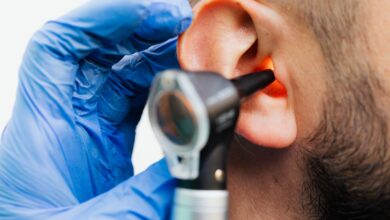Body partsDISEASES
What do you know about the functions of the stomach, its diseases and its treatment?

Stomach comes from the Latin word stomachus which means “esophagus” and by extension “stomach”. It is one of the organs of the digestive tract. Food storage area, it is at this level that the digestion process begins. How does it work ? What ailments can he suffer from? How to protect and care for it? Here are our explanations.
stomach anatomy
The stomach is a sac-like organ located on the left side of the abdominal cavity, partly hidden by the liver and the diaphragm. Its dimensions vary according to the individuals and the meals but on average it measures:
- 25cm long;
- 10 to 15 cm wide;
- and can hold up to 4 liters of food.
It is part of the digestive tract: it is connected at its entrance to the esophagus and at its exit to the small intestine.
It is divided into 5 regions:
- the cardia is the area at the top of the stomach, near the esophagus. It is through the opening of the cardia that food enters the stomach. At its level is the cardial sphincter muscle which prevents gastric reflux towards the esophagus;
- the fundus is the domed region above the cardia. Food is temporarily stored at this level;
- the stomach body is the main area of the organ. It is at this level that the decomposition of food takes place;
- the pyloric antrum follows the body down from the stomach. Shrunken zone, it stores decomposed food while waiting for it to be poured into the intestine;
- the pylorus is the last part of the stomach that joins the small intestine. Funnel-shaped, it is closed by the pyloric sphincter muscle which controls the emptying of stomach contents into the small intestine.
Two main curvatures draw the shape of the stomach:
- the lesser curvature, on the concave medial side,
- the greater curvature, which corresponds to the convex side face.




